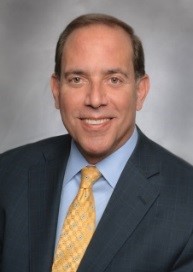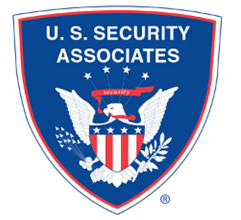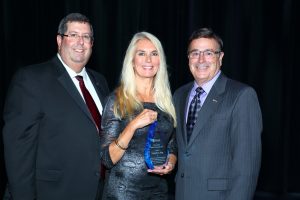5 SMART KPIs FOR YOUR SECURITY OPERATIONS
This is a no-brainer: Why does a client prefer to work with a security services provider that can measure their own performance?
Because those numbers give your client the peace of mind that comes with knowing their business has been secured in the way agreed to.
So naturally, as an owner or manager of a professional security service solutions provider, you want to have key performance indicators (KPIs) for your business in order to measure performance and efficiency.
Choose your KPIs with care
 Now KPIs come in a slew of varieties. Today, let’s focus on those related to your field service operation. So let us assume that the fact-finding questions you ask about your client’s needs, assets, risk profile, etc., lead you to this conclusion: Onsite guards and mobile guard patrols are part of a cost-effective solution to the client’s situation.
Now KPIs come in a slew of varieties. Today, let’s focus on those related to your field service operation. So let us assume that the fact-finding questions you ask about your client’s needs, assets, risk profile, etc., lead you to this conclusion: Onsite guards and mobile guard patrols are part of a cost-effective solution to the client’s situation.
Being slightly obsessed (your business or life partner uses other words) with efficiency, you understand the value of adopting a Computer Assisted Dispatch (CAD) solution: It ensures your field security patrols and responses are coordinated as efficiently as possible.
If you are forward thinking, you have linked your CAD solution to a security workforce management platform (that also includes a security guard tour system). Having this software allows you to fully automate your KPIs and also drive up field service business by offering data-supported Service Level Agreements (SLA) to your client.
Since you have taken the time to invest in the best training and equipment for your mobile teams, now you want to know how well they are doing. Consider these five smart KPIs for your field operations:
1. Completion Rate
Having spent time with your client analyzing security requirements, your ultimate goal is to achieve 100% of the site visits promised.
That number means that the client is receiving what they want and you can invoice all that has been agreed to.
2. Response Time
Measuring response time is the ultimate efficiency measure. So you want to respond as quickly as possible. It goes without saying that responding within the agreed-to response time is critical.
3. Overtime
You set your staffing levels based on the anticipated volume of calls and service delivery. That said, you want to minimize the unbillable overtime incurred by shared service units in order to be profitable and get a precise view of your productivity.
4. First-Time Fix Rate
By equipping mobile staff with all the information they need to properly access and respond to a site, you are driving first-time fix rates. Limiting the need to send additional or multiple units means you are more efficient.
Providing all the information your staff needs means that they are more accurate, can take appropriate action while onsite and can provide the client with a detailed incident or activity report.
5. Client Satisfaction
Have you ever had a client ask the operations center, “When will the response unit be onsite?” If your system is properly automated, you will be able to answer that question very easily, and support your client’s peace of mind.
Other items that can propel client satisfaction include: accurate invoices, incident reports sent to the right people and reports that accurately and richly provide details of any incident.
Stick to SMART KPIs
 If you wish to identify other KPIs specific to your business, ensure that the objectives are SMART (Specific, Measurable, Attainable, Relevant and Time-sensitive). Keep in mind that less is more. Having too many KPIs can be difficult to manage and lead to more confusion.
If you wish to identify other KPIs specific to your business, ensure that the objectives are SMART (Specific, Measurable, Attainable, Relevant and Time-sensitive). Keep in mind that less is more. Having too many KPIs can be difficult to manage and lead to more confusion.
The items in the list above have focused on client and business owner satisfaction. It is worth mentioning that fair and clear KPIs can also motivate staff. In fact, using KPIs to align staff performance with business success is an alternate way for driving team performance and engagement.
Building your business based on clear and measurable performance indicators will drive client satisfaction, employee performance and build up your business’ reputation.
Mark Folmer, CPP, MsyI
Vice President, Security Industry
mark@tracktik.com
Twitter: @markfolmer













